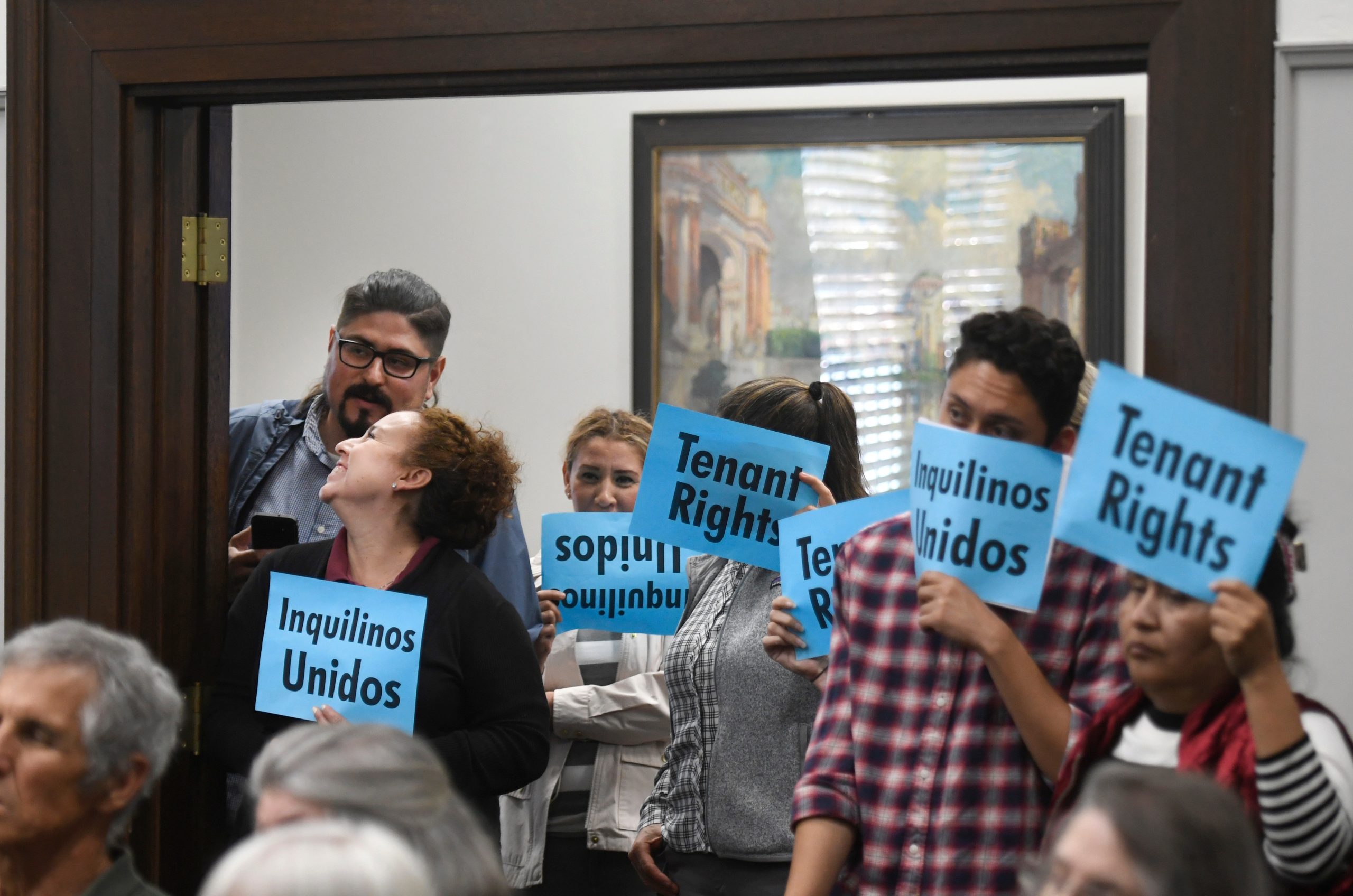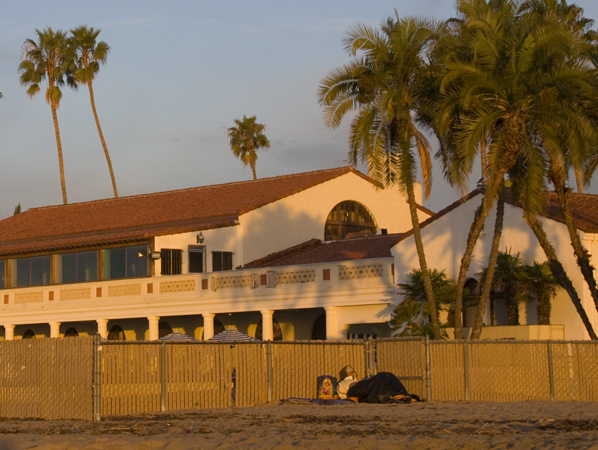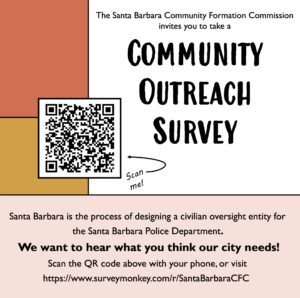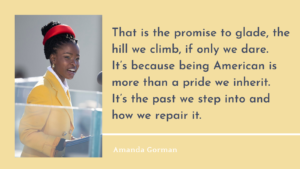By Wayne Mellinger, CLUE SB Board
We at CLUE are concerned with mobilizing local faith communities around issues of economic inequity. While many faith communities are active in charitable works, such as feeding the hungry in our parks, CLUE seeks to address the root causes of these injustices through structural transformations in the way things work. The central cause of homelessness is the lack of affordable housing. In our community, with skyrocketing rents and little available housing, this has lead to 2000 people living on our streets, in cars or in shelters.
The continued existence of hundreds upon hundreds of people on our streets has damaged the image and reputation of our County as a tourist destination status, has led some local residents to avoid certain parts of our community, has come at an enormous financial cost to our community, and has directly led to severe health problems, and even to the death of many of our unhoused neighbors.
What we have now is an unacceptable situation in which throngs of unhoused housed people are pitching tents on our sidewalks, crowding into our neighborhood parks, overwhelming our emergency rooms, sleeping in the door wells of our finest shopping districts, begging for money on our streets, and defecating in our public places. We cannot afford to continue with this status quo.
Our current approach has come a quite a cost to our community. As the number of homeless in our county remains high, so do the costs for medical emergency services, police, code enforcement, camp clean-up and fire services. The US Department of Housing and Urban Development estimates that it costs about $40,000 a year for a homeless person to live on the streets. For the 2000 unhoused people in our county that amounts to $80 million a year! While homeless individuals are a very visible presence in the community, the costs to taxpayers tend to be hidden.
Some communities (such as Bakersfield) have found that placing people in permanent supportive housing amounts to $28,000 in savings per person annually. If we somehow housed the 2000 people who are currently unhoused in Santa Barbara County we would save $56,000,000 a year!
To truly reduce the numbers of unhoused people in Santa Barbara County we need a “Marshall Plan” in which we build a significant amount of the affordable housing we need. This massive upfront investment of funds to build affordable housing would ultimately save us a lot of money because housing people costs less that allowing them to stay homeless.
By housing those who are currently unhoused in our community, we will save our community hundreds of thousands of dollars each year in unpaid healthcare costs. Moving people from homelessness into housing results in significant improvements in health and access to healthcare. Ending homelessness is not only beneficial to the people who have moved into housing. It is beneficial to the community and to the healthcare system as well.
The CLUE Housing Justice Workgroup is currently studying this possibility, devising a realistic plan determining how much affordable housing is needed in our community, figuring out the cost of constructing that many units, and determining the feasibility of financing such a plan. I think that many advocacy groups, philanthropic groups and major foundations, political parties, public leaders and nonprofits who serve the unhoused population would be interested in hearing about such a proposal.
Being poor does not make people homeless but being very poor where housing is unaffordable does. By expanding the amount of affordable housing in our community we address a central root cause of homelessness. Only when our community has the amount of affordable housing it needs will we come close to ending homeless. Given that affordable housing largely goes to the most vulnerable people living on the streets—the elderly, the mentally ill, those with chronic health issues and families with small children—the humanitarian thing to do would be to not force these people to remain on the streets but to house them all by 2025.



